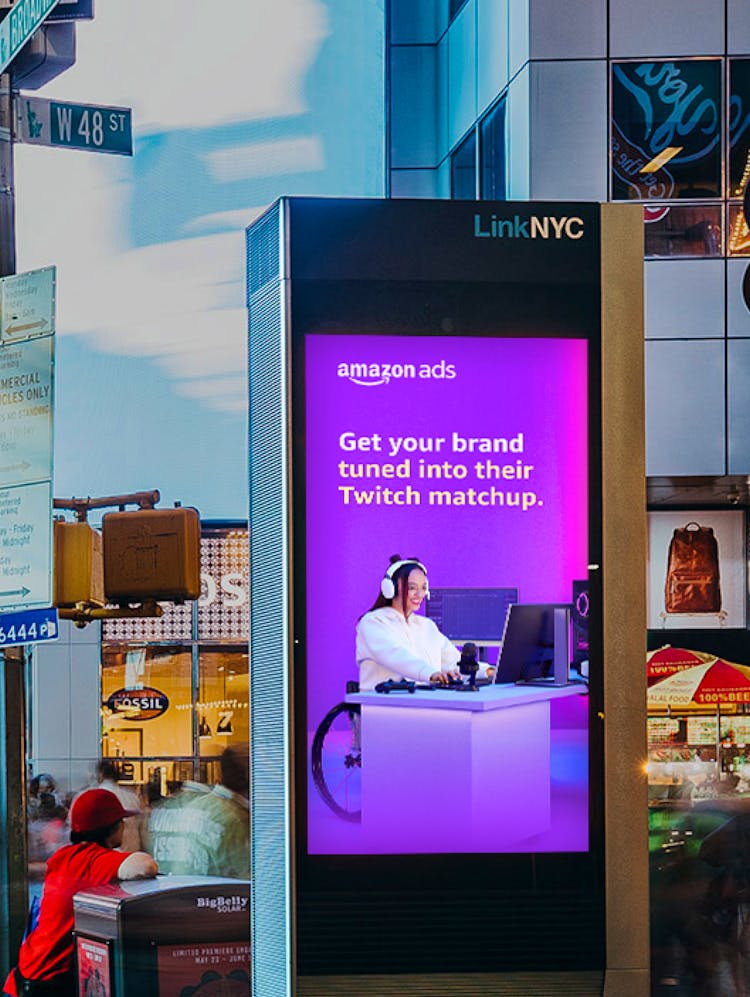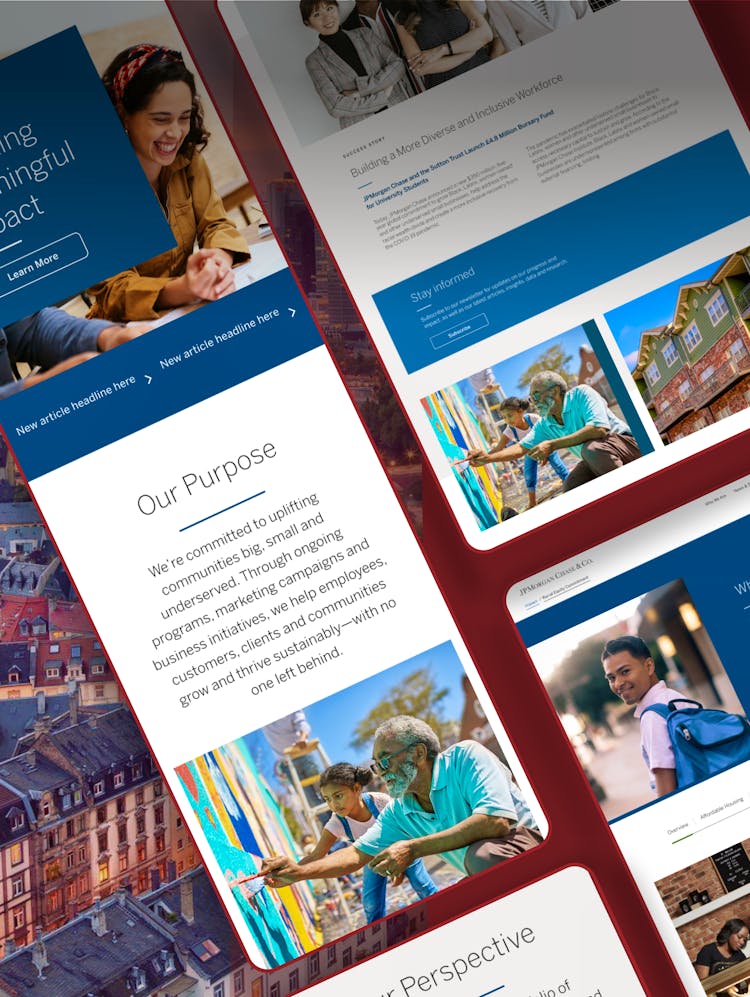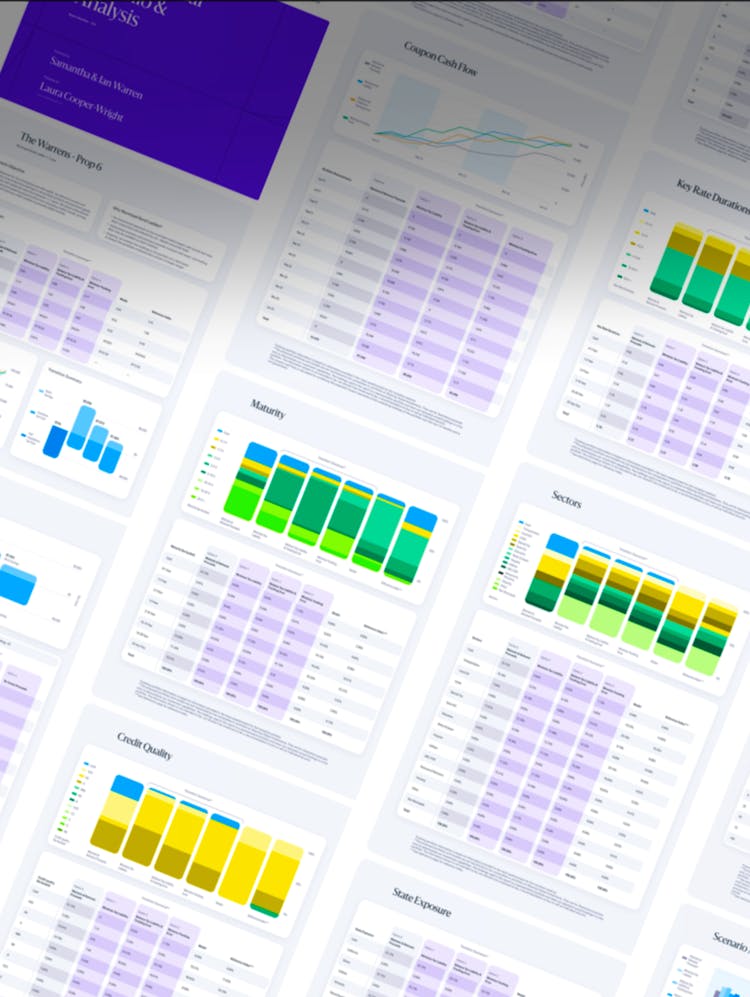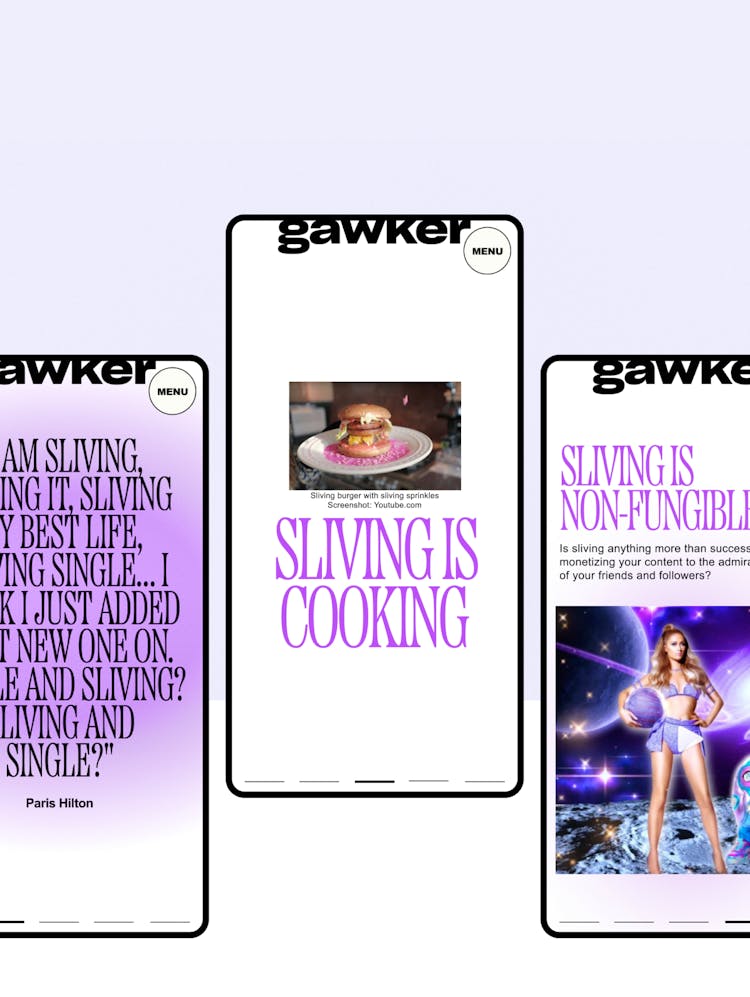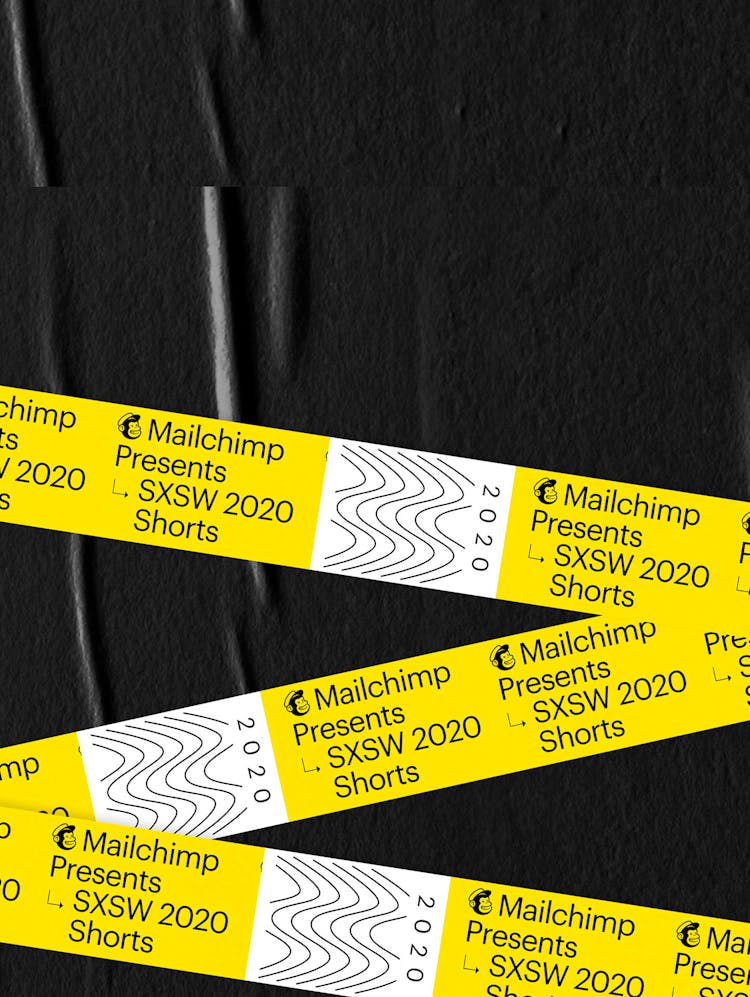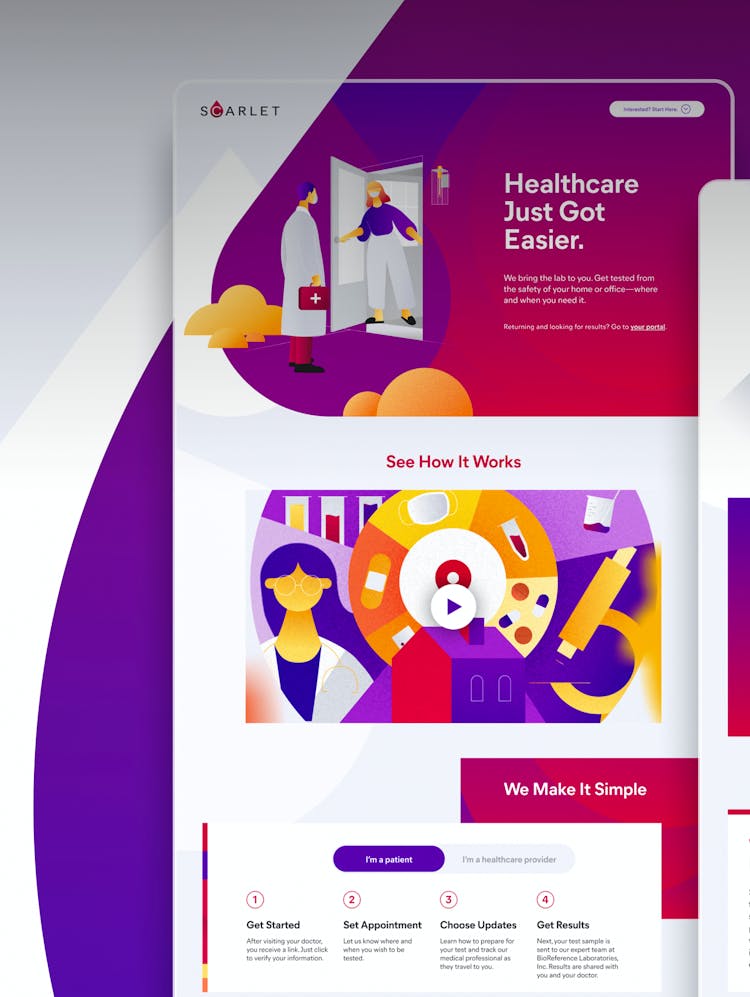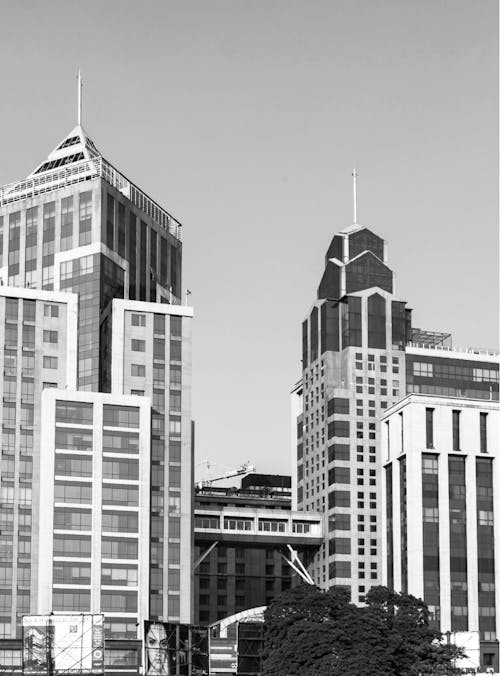
Defining the New Digital Museum Experience
1
The Challenge
When the Theodore Roosevelt Presidential Library Foundation (TRPLF) approached Code and Theory, they shared their exciting mission — to launch the first “digitally-native” museum in the United States, where, through immersive storytelling, interactive technologies, multisensory experiences, and embodied learning, guests will explore Roosevelt’s life, legacy, and enduring relevance.
Even though the physical library won’t break ground in its Medora, North Dakota home for a few years, the TRPLF wanted to lay the foundation of their modern, future-forward approach on their website and social media platforms, while engaging us to share our vision of what a paradigm-shifting museum experience could be.
Thus, our challenge was multifaceted—to both establish a new digital identity and presence across social and the web, and deliver our idea of what a digitally-native museum could look like in 2020 and beyond.
2
The Solution
Brand Identity, Content Strategy, and Website Design and Development
In establishing TRPLF’s digital identity, we were inspired by T.R.’s life and a trip to his Sagamore Hill home in Oyster Bay on Long Island. A man of diverse interests, points of view, and intellectual pursuits, our design system took references from his famous home library to showcase different facets of the foundation — building the library, getting people involved, showcasing T.R. himself, and displaying the myriad artifacts that continue to represent his life.
We translated those insights into a design aesthetic that pays homage to his inspiration in the rugged Badlands while being modern and scalable for 2020. Our social content strategy was designed to showcase T.R.’s depth and complexity, focusing on his life, myriad accomplishments (like the protection of 230 million acres of public land), famous T.R.-isms (“Do what you can, with what you have, where you are”) and more.
The site system was inspired by the ultimate mission of our client — to tell stories through a differentiated, digitally-native museum experience, not just at the physical site, but using digital as well. Accordingly, immersion, flexibility, and, importantly, the ability of the site to scale with the ongoing digitization of T.R.’s life and the project’s progress were paramount.
A Vision for the Digitally-Native Museum
We knew this museum had the opportunity to redefine a category, the idea of access, and what it means to bring physical and cultural spaces to life through digital innovation.
In crafting our vision for the digitally-native museum, we began by auditing existing digital museum experiences and, in the process, unlocked several key themes: they primarily focused on democratization of access, the use of media to bring the physical experience to life, and the surfacing of information and content beyond the limits of the physical display space.
These patterns mirror a larger trend in bridging emerging technologies with older institutions: first they transliterate and then they innovate, broaden, and redefine. Our approach was rooted in defining those next steps by asking a key question—what advantages does digital hold, both in the back end and front end, over physical museums that can create differentiated engagement?
Answering this helped us ideate experiences that could only be achieved through digital innovation and technology. Furthermore, we thought about each and every channel as a moment for conversion and loyalty. Unlike traditional museums, where the single point of conversion is visiting the museum, a digitally-native museum can (and should) facilitate unique engagement opportunities on any and all channels.
To generate both public excitement and fundraising engagement, we created a future vision video that crystallizes the Foundation’s vision for the first digitally-native museum, positioning the TRPLF as a thought leader in bringing cultural institutions to life digitally.

3
The Conclusion
While our partnership with the Foundation began before the COVID-19 pandemic, the TRPLF’s mission to build a digitally-native museum is particularly relevant right now. Remote living during the pandemic, and the repercussions of this unprecedented event, will permanently shift our behaviors, mindsets, and expectations of digital experiences, redefining what does and does not provide added value. This digital-first approach to imagining what a museum means can act as a beacon for future cultural institutions.

















